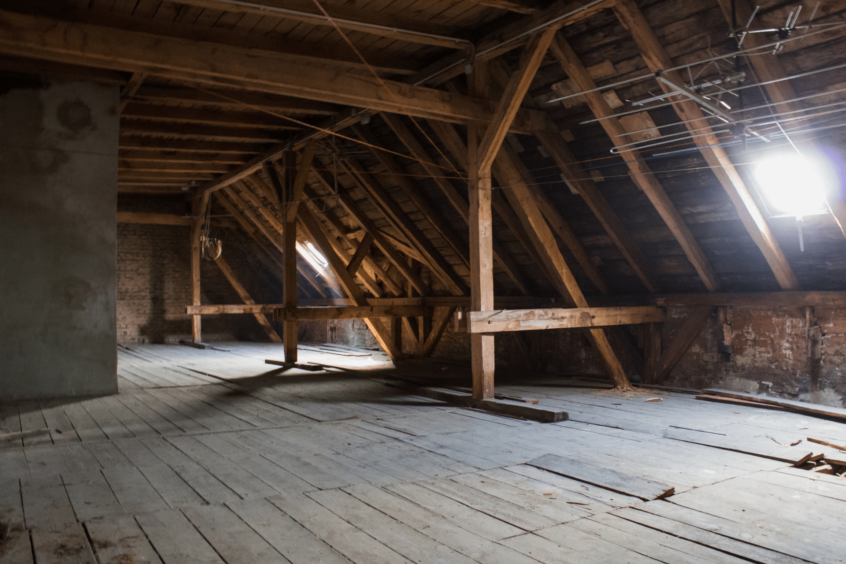Mold is oftentimes thought to be a major health risk, but is that always the case? Mold can appear in any part of the home if the environment supports its growth. While many areas throughout the house can have optimal, moist conditions for mold, the attic is by far the most common. Because people rarely inspect their attics, this room of the house is primed for undisturbed and uninhibited mold growth. Therefore, having a regular roof inspection is crucial to spot the warning signs and prevent attic mold growth.
But to get back to our original question, is attic mold hazardous to our health like everyone says? Here’s everything you need to know…
What Causes Attic Mold Growth?
It’s true that attics are the prime spot for mold growth; they provide oxygen, ideal temperatures, moisture, and food in the form of drywall, wood, cardboard, and more. Furthermore, attic mold is especially common throughout the West Coast due to our wet and humid conditions. Since mold thrives in warm or hot environments with high levels of moisture, it makes sense why attics throughout Greater Vancouver are prone to mold growth. But what causes it?
Well, the answer is quite simple: poor ventilation. When hot air rises through the vents in your attic, it creates condensation that can encourage the growth of mold. So, if during your roof inspection we find signs of mold in the attic, don’t panic. While it’s not ideal, it’s a good indicator of poor soffit ventilation which can be addressed and remedied promptly. Mold in the attic could also be due to a leaky roof. This will show in several ways, from clumpy, damp insulation to discoloured ceilings, walls, floors, and other structures. If your roof is leaking, immediate professional advisement from our roofers could prevent severe structural damage.
Is Attic Mold Hazardous to Your Health?
While mold can pose a health hazard in extreme cases, typically it acts much like an allergen with itchy eyes, scratchy throat, and stuffy nose being the most common symptoms. However, you may experience symptoms that mirror those of a cold or flu, in some cases headaches, respiratory issues, or the odd skin irritation can occur as well. Mold most greatly affects people with compromised immune systems such as elderly people or young children who don’t have a fully developed respiratory system yet.
However, it’s important to note that for many people who have mold in their attic, they rarely experience any physical reactions at all. Throughout the years, mold has been labelled as a highly toxic substance. While some cases of mold growth are more dangerous than others, you don’t need to abandon your home should you find some mold in your attic. So, while it can be harmful, it’s no cause for panic if dealt with properly.
How to Identify Attic Mold?
The most obvious sign of mold growth is in fact the mold itself. However, you can look for signs of water damage in your attic, discolouration on the walls, ceilings, and insulation. If it smells particularly damp or musty, you may have a ventilation issue that’s preventing circulation in your attic. If you can’t spot mold growth, that’s great. But keep in mind that a lack of mold in your attic doesn’t guarantee a properly functioning roof. A roof can still have poor soffit ventilation or a leak whether there’s mold or not.
Therefore, the best way to prevent mold growth in your attic and ensure your roof is functioning properly, is through regular roof inspections by trusted roofing companies. At Canuck Roofing, we provide thorough inspections of the interior and exterior roofing system to guarantee efficiency. If you’re worried about the state of your roof, have spotted mold in your attic, or simply want the peace of mind that comes with our services, contact us today!

